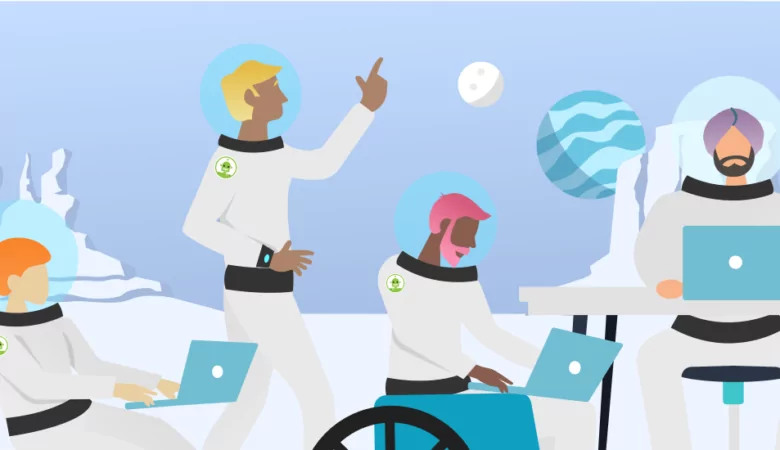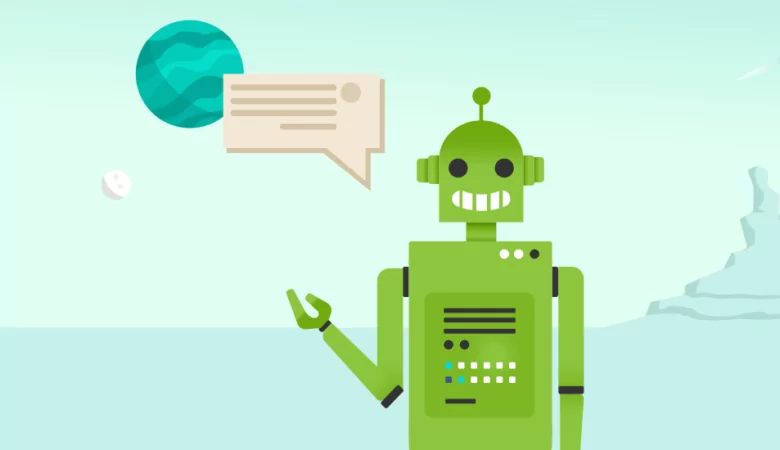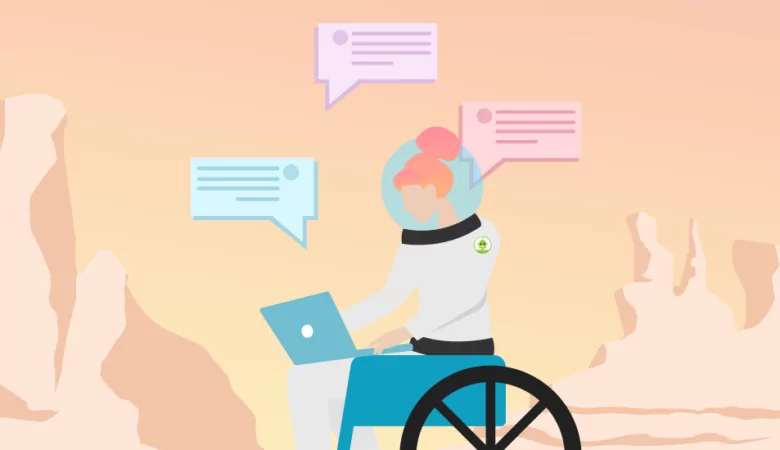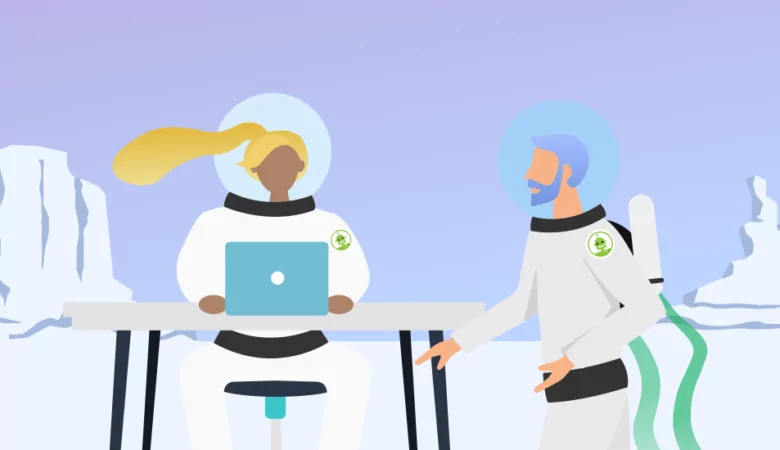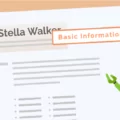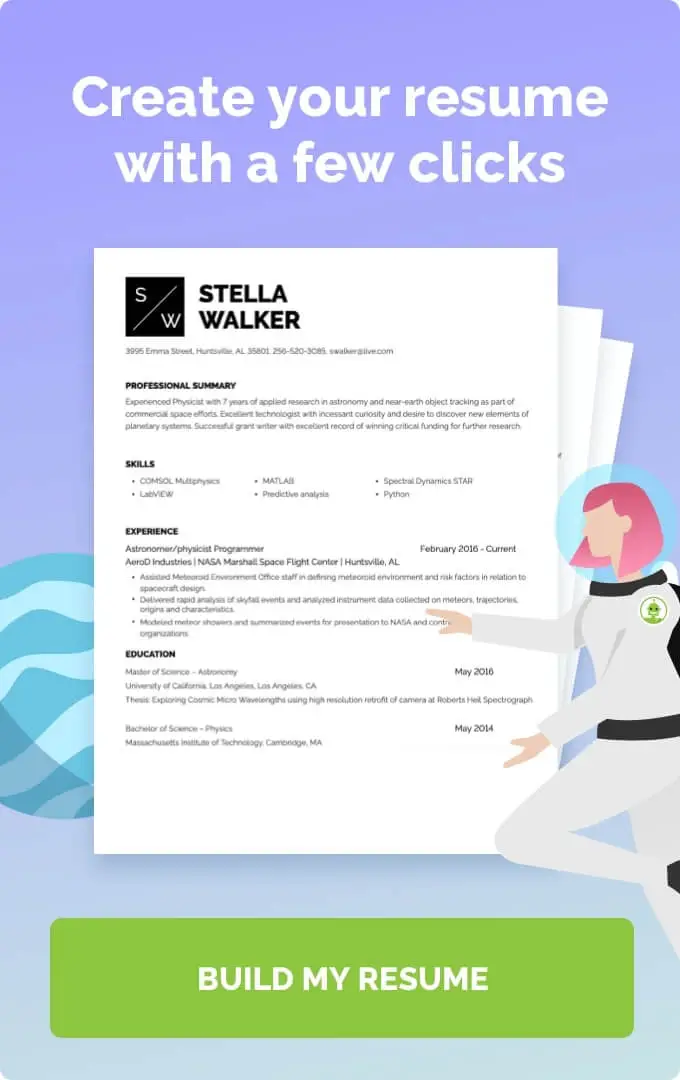A follow-up email is an important part of an interview. Why is it so important, and what can you do to get the most out of your message?
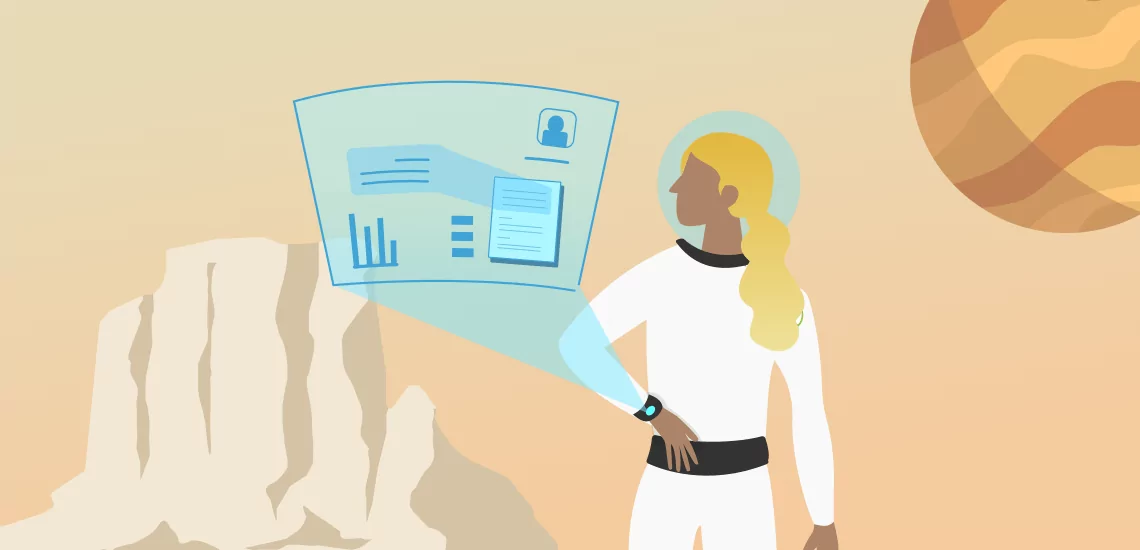
Tips for Sending a Follow-Up Email After an Interview
Follow Up Email After Interview
After you go through a job interview, the difficult part might be over, but there's one additional step you should take to complete the interview process: sending a follow-up email. This allows you to stay in touch with a prospective employer and show that the job is really important to you. Here’s what you need to know about sending these post-interview emails.
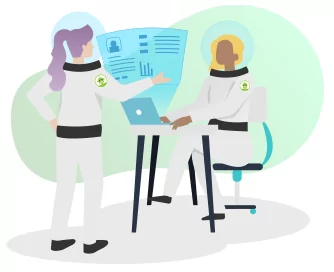
What Is a Follow-up Email, and Why Is It Important?
A follow-up email is essentially a thank-you note for a job search. Just like you were told to write thank-you letters as a child for birthdays and Christmas, an interview follow-up email lets a recruiter know that you were grateful for the job interview process. It also helps you put yourself in front of other job seekers who may not have reached out to thank the hiring manager and prompt them to make a hiring decision. It makes you more likely to succeed in your job search.
How to Structure Your Follow-Up Email
Writing a follow-up email is all about knowing how to structure the email for maximum return in the hiring process. Here’s how you can write your thank-you email for an interview.
1. Salutation
First is your salutation. Use the hiring manager’s name, especially now that you’ve had a direct interview and were able to meet the hiring manager. You should also make the subject line something that expresses gratitude and is easily recognizable as a follow-up email, like “Thank you for your time today” or “Thank you for the opportunity to chat with you about the [name of the job].” You can also use the interviewer’s name in the email subject line.
2. Appreciation and recognition of the interview
Open your letter with gratitude for the interviewer’s time. Whether it was a phone interview or an in-person interview, make it clear that you appreciate that the potential employer took the time to read your job application and sit down with you for an interview.
3. Specific elements of the interview
Next, recognize the benefits of specific things that happened in the interview. Your sentence should say something like, “I appreciate that you let me in on the decision-making process, and learning more about the company culture helped me realize that this would be a great fit for me.” It refers back to things that happened during the interview, showing the interviewer that you were present and thinking about the job during the interview.
4. Another mention of how your skills can benefit the company
It’s a good idea to take a tip from your cover letter here and stress something that you think you can do to help the company. For example, if you know there will be a second interview, you might say, “I look forward to your phone call next week, where I’d love to talk more about how Company Name can benefit from social media marketing.” It’s a way to stress that this new job will benefit both individuals.
5. Any necessary added information
Lastly, if you have any additional questions, want to provide additional information, have some follow-up questions, or need to leave information for a second interview, you can put it here. Sign off with your name and a polite phrase like “Best regards” or “Sincerely.”
Tips and Advice for Making a Follow-up Email Stand Out
-
Proofread your email before you send it. Even just using spell check can help you avoid making typos. Most email providers have built-in spell check options; if yours doesn’t, copy and paste your email into a word processing app before you send it off.
-
Write a helpful email title. Something like “[Name] [Company] Interview - Thank You for Your Time!” indicates exactly what the email is about before the interviewer opens it.
-
Write every email from the ground up. It’s a very short email, so it should be easy for you to write a new one for every interview you’ve had.
FAQ: Follow-up Email After Interview
You can write your follow-up email basically as soon as you get off the phone, although you may want to wait a few hours so that the hiring manager knows that you’re putting thought and effort into writing it. Try to send it within the first two to three days, maximum. If you’re trying to check in on a job interview that you did over a week ago, it might seem like you forgot about the interview, which isn’t a great look.
Most follow-up email templates are very short, around two or three short paragraphs. You want to make this email as quickly as possible for a hiring manager to read, which typically means making it even shorter than your cover letter. Around 250 words is typically ideal, and a second follow-up email for a second interview may be even shorter, as you’ve already written one before.
Yes. Get the contact information for each of your interviewers and send a follow-up email to each one. Although you can copy much of the wording and information, sending individual follow-up emails allows you to show both individuals that you care about their time and effort in your job hunt.

